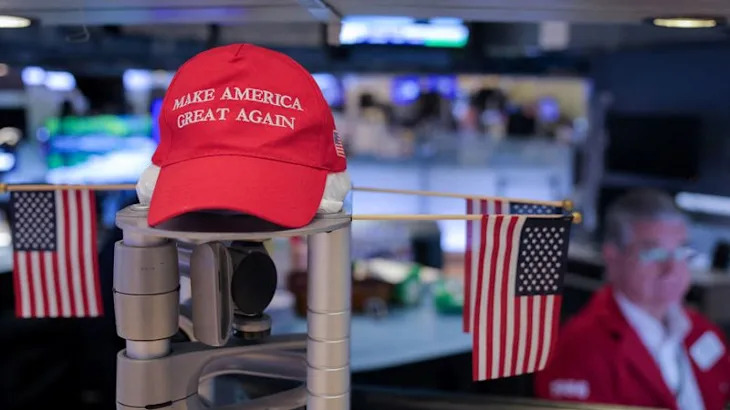Michael Saylor, co-founder of Strategy, formerly MicroStrategy is convinced that Bitcoin is on an unstoppable trajectory to replace gold, predicting a staggering price of $500,000 per coin in the near term and $5 million per coin in the long run.
Speaking in an X Space on Sept. 20, 2024, the Strategy co-founder outlined three key catalysts that he believes will trigger an unprecedented Bitcoin rally.
At the time of the X spaces, BTC was trading at $63,000. It is now at $97,000, up 53.97%. If Bitcoin continues to grow at an average rate of 54% every five months, it would take approximately 3 years and 3 months to reach $5 million.
Saylor argued that even without any major regulatory or institutional breakthroughs, Bitcoin is already on track to surpass gold as the dominant store of value.
"It's going to be a grind up by a factor of 10 just because gold is broken and Bitcoin is going to replace gold," he said. "Everybody in the universe now knows they need a non-sovereign store of value in the form of a bearer instrument."
With inflation concerns now a mainstream narrative, Saylor believes Bitcoin’s role as an inflation hedge will drive its gradual ascent.
"Last year, people said inflation may be coming. Now, the mainstream narrative has flipped to ‘inflation is here, you need an inflation hedge,’" he noted.
According to him, this alone is enough to propel Bitcoin to $500,000 per coin — but three additional factors could send it to $5 million per Bitcoin.
Three catalysts that could send Bitcoin to $5 million
Saylor believes Bitcoin’s price could skyrocket to $5 million per coin if three major catalysts unfold. The first, he says, is the approval of a Spot Bitcoin ETF, which would allow institutions to make large purchases seamlessly.
"Someone can go ahead and buy $100 million of Bitcoin through a security, an ETF security. I think that's one."
The second major factor is banks custodying Bitcoin and offering loans against it, a move that would integrate Bitcoin into the traditional financial system and increase institutional demand.
"Your bank is going to custody it for you and lend against it,” he noted.
Lastly, Saylor sees fair value accounting for Bitcoin on corporate balance sheets as a game-changer. If companies can report Bitcoin’s true market value rather than being forced to write down losses, it could accelerate adoption. "I can mark it up or mark it down on my balance sheet based on fair value, the same way I handle Apple stock or even Treasury bonds."
"If the banks can hold this stuff on their balance sheet, then a whole new class of investors are going to buy it," he explained. "People are going to put in million and multi-billion dollar orders to buy it as a treasury asset."
With banks enabling borrowing against Bitcoin at low interest rates, he believes there will be no reason for holders to sell.
"Nobody's going to sell it because there's no reason to sell it if you can borrow against it at SOFR plus 50 basis points," he stated.
‘Bitcoin will be unaffordable’ — Saylor
Saylor concluded with a claim, "We're going to blow through the market cap of gold by a factor of 10."
While he couldn’t pinpoint an exact timeline, he estimated these changes could unfold within 12 to 36 months — but added that he prefers a longer, more gradual increase.
"I hope it doesn't happen in 12 months, because my view is, the longer it takes, the more progressive the grind, the more time I have to buy more of it," he added.
Strategy has increased its Bitcoin holdings to 478,740 BTC, following a purchase of 7,633 BTC worth $742.4 million in the week ending Feb. 9. The latest acquisition was made at an average price of $97,255 per Bitcoin, raising the company’s overall average purchase price to $65,033 per BTC.
This purchase came after a brief pause in the previous week, likely due to a blackout period around the company’s earnings report. On Feb. 6, MicroStrategy reported a fourth-quarter net loss of $3.03 per share, compared to a $0.50 per share profit a year earlier.





